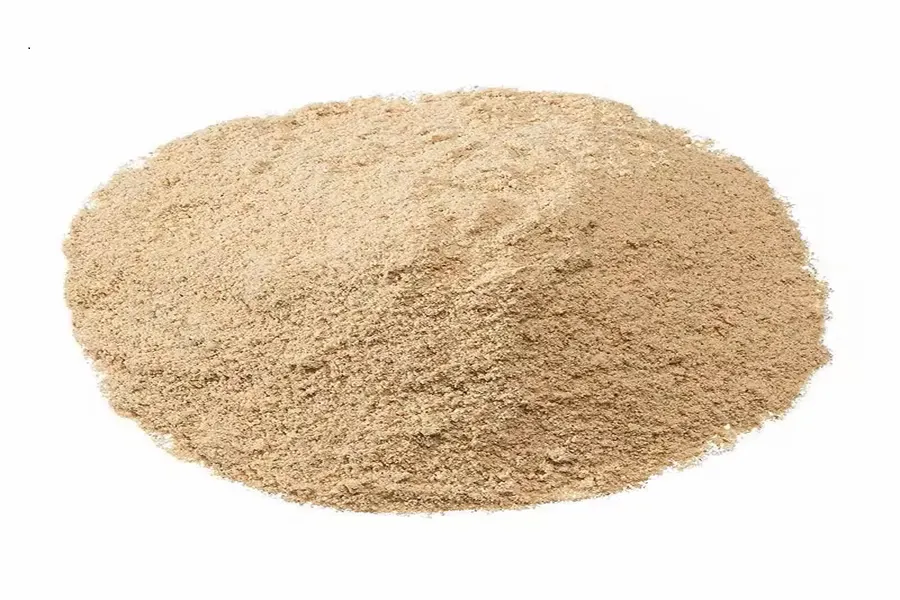Bleaching Earth
We’re here to answer your questions and provide assistance
Characteristics and Mechanism of Action
Bleaching earth, also known as activated or fuller’s earth, is a highly absorbent material widely used in the purification of oils and fats. Derived from natural clays, it undergoes a series of treatments, including acid activation, to enhance its adsorption capacity and surface area. Key features include:
High Adsorption Efficiency: Bleaching earth effectively removes impurities such as phospholipids, trace metals (like iron and copper), free fatty acids, and color pigments, including carotenoids and chlorophyll.
Thermal Stability: Its resistance to high temperatures ensures effectiveness during the heat-intensive refining process.
Oil Retention: While it absorbs some oil during the bleaching process, modern formulations aim to minimize oil losses without compromising purification quality.

Applications and Benefits
Bleaching earth is indispensable in industries where purity and clarity of oils and fats are critical. Its applications include:
Edible Oil Manufacturing: Used in the refining of vegetable oils such as palm, soybean, sunflower, and canola, bleaching earth removes undesirable color and impurities, enhancing oil stability and extending shelf life.
Mineral Oil Recycling: In the recycling of mineral oils, it adsorbs contaminants, acids, and oxidation by-products, restoring the oil’s quality for reuse.
Used Oil Re-Refining: Re-refiners employ bleaching earth to purify used industrial oils, lubricants, and hydraulic fluids, making them suitable for reintroduction into the market or specific industrial applications.
Process Integration
Bleaching earth is typically employed in the following steps of the oil purification process:
- Mixing: Bleaching earth is mixed with pre-treated oil under controlled temperatures.
- Adsorption: During this stage, impurities bond to the surface of the bleaching earth particles.
- Filtration: Spent bleaching earth is separated from the purified oil through filtration systems, leaving behind a high-quality product.
Advancements in Bleaching Earth Technology
Recent innovations have focused on enhancing the performance of bleaching earth while reducing environmental impact. These advancements include:
- Customized Formulations: Tailored products for specific oils and fats, ensuring optimal performance with minimal dosage.
- Eco-Friendly Variants: Development of sustainable bleaching earth variants that reduce oil retention and waste.
- Reactivation Processes: Techniques for regenerating spent bleaching earth, making it more sustainable and cost-effective.
